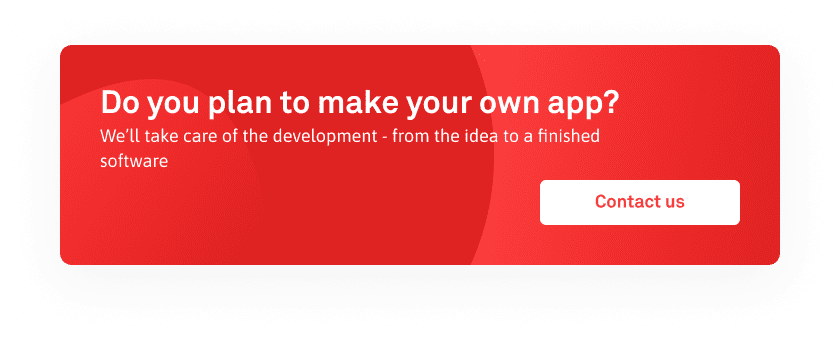The business plan has long been the foundation for many companies. A good business plan will serve as a reference that you can revisit during each business development stage. You will find useful guiding information on the vision you’ve set forth and the strategy that needs to be implemented. Business plans also serve the purpose of helping you attract investors and new business partners. In this article, we will go over how to write a business plan for your startup.
The traditional vs. lean startup business plan format
There are generally two different business plan formats: the traditional and the lean startup formats. The standard format is very comprehensive and detailed. It is usually written for businesses in established industries with an established model and growth projections. Investors and lenders commonly request this type of plan. The lean startup format has a higher-level focus, and revolves around a few key elements. This makes it flexible and easy to revisit as a startup adapts to the market, grows, and discovers new revenue streams. It is ideal for when there is a lot of unpredictability in a company’s future. When presented to investors and lenders, they may ask for more information.
What does a lean startup business plan consist of?
There are many different templates for the lean startup format, but one of the most widely used is the Business Model Canvas. It is composed of nine elements: key partnerships, key activities, key resources, value proposition, customer relationships, customer segments, channels, cost structure, and revenue streams. Basically, the business plan serves as a framework and a guide that allows your business to be nimble but stable.
The focus will be on discovering avenues for growth and revenue generation, rather than implementing an existing business model with a slight improvement. In these situations, the ability to make frequent, but cost-effective low-risk mistakes, allows the business to gather the data. Having a lot of data will help to better adapt the product and approach to the market.
For example, your list of key partnerships will expand and contract as you discover new revenue-generating and cost-saving activities. In a traditional business, once you are locked in with a provider, there is minimal incentive to switch over. The focus here is rather on the smooth operation of the business and marginal year over year expansion.
As a startup, you are likely interested in this latter format. If you would like to write your own business, there are plenty of templates online to choose from, along with information and examples that will guide you through the process. Contact us to get more information on how to write a business plan for a startup, and learn more about the development process.
Business vector created by upklyak – www.freepik.com



